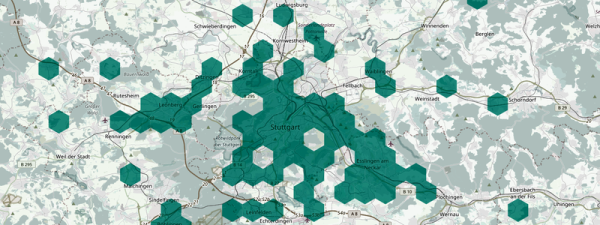There’s a big to-do going on right now in Germany over particulate-matter air pollution. Stuttgart, Germany’s “motor city” and one of Dante’s seven circles of Hell during rush hour, had the nation’s first-ever air pollution alert last year. Cities are considering banning older diesel cars outright. So far, Stuttgart’s no-driving days have been voluntary, and the change of the seasons has helped a lot as well. But that doesn’t mean there’s not a problem.
But how big is the issue? And where is it localized? Or is particulate pollution localized at all? These questions would benefit from a distributed network of particulate sensors, and the OK Lab in Stuttgart has put together a simple project(translated here) to get a lot of networked sensors out into the wild, on the cheap.
The basic build is an ESP8266 with an SDS011 particulate sensor attached, with a temperature and humidity sensor if you’re feeling fancy. The suggested housing is very clever: two 90° PVC pipe segments to keep the rain out but let the dust in through a small pipe. The firmware that they supply takes care of getting the device online through your home WiFi. Once you have it running, shoot them an e-mail and you’re online. If you want help, swing by the shackspace.
We love these sort of aggregated, citizen-science monitoring projects — especially when they’re designed so that the buy-in is low, both in terms of money spent and difficulty of getting your sensor online. This effort reminds us of Blitzortung, this radiation-monitoring network, or of the 2014 Hackaday-Prize-Winning SATNOGS. While we understand the need for expensive and calibrated equipment, it’s also interesting to see how far one can get with many many more cheap devices.












